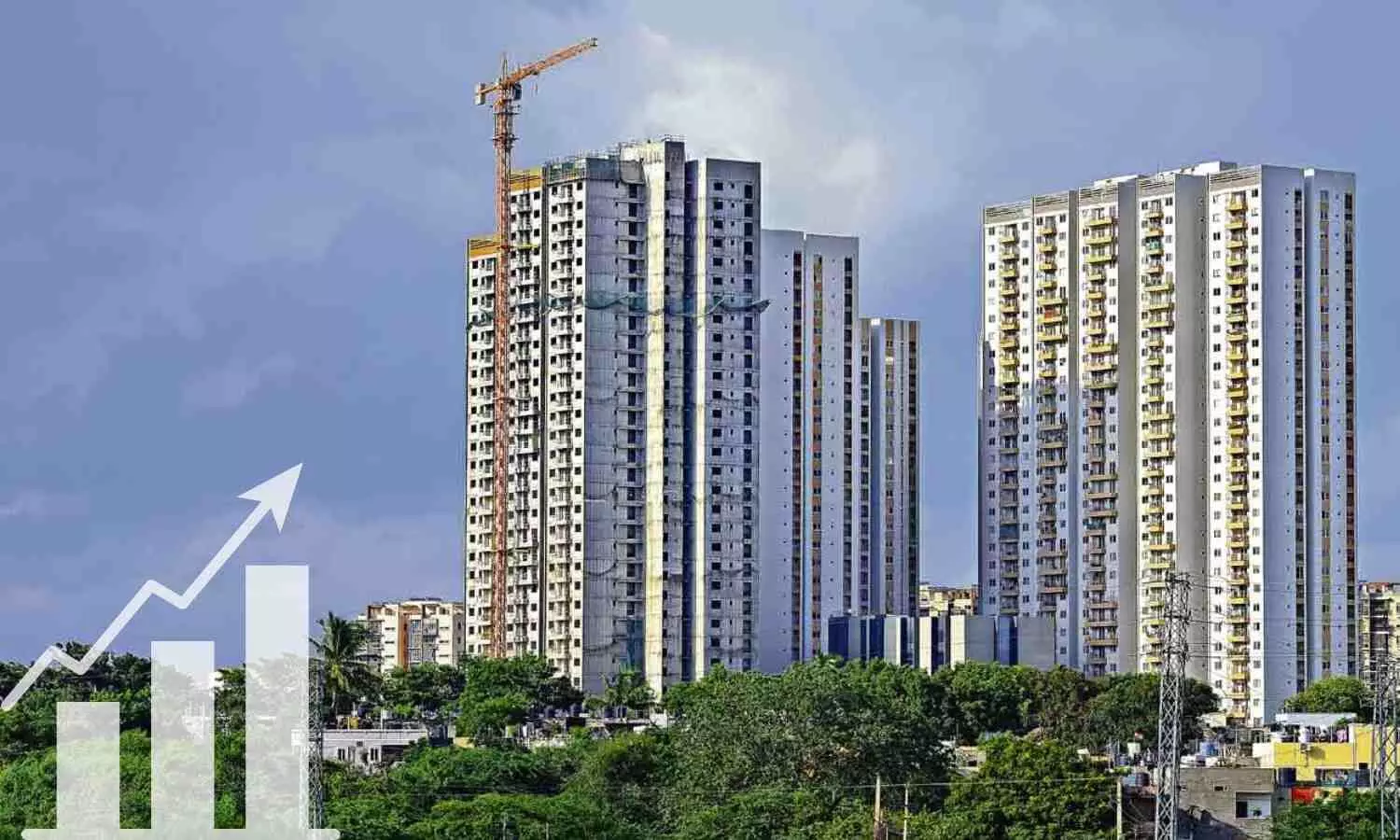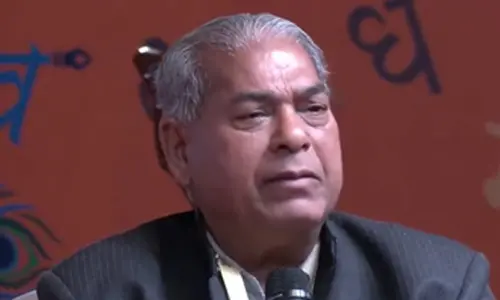Hyderabad Ranks as India’s Second Most Expensive Housing Market

Hyderabad Ranks as India’s Second Most Expensive Housing Market
Hyderabad ranks as the second most expensive residential market in India, with households spending 30% of income on EMIs, according to Knight Frank’s Affordability Index 2024.
Hyderabad has emerged as the second most expensive residential market in India, according to Knight Frank India’s Affordability Index 2024. The report highlights that the city’s affordability ratio has remained steady at 30 per cent for the past three years, indicating that an average household in Hyderabad spends 30 per cent of its income on monthly EMIs for home loans.
This ranking places Hyderabad just below Mumbai, which continues to be the least affordable housing market in the country with an EMI-to-income ratio of 50 per cent.
The Affordability Index evaluates the proportion of household income required to meet housing loan EMIs in major cities.
Ahmedabad, with an affordability ratio of 20 per cent, is the most affordable market, followed by Pune at 23 per cent and Kolkata at 24 per cent. Bengaluru and the National Capital Region (NCR) have an affordability ratio of 27 per cent, while Chennai stands at 25 per cent.
The report indicates that housing affordability across most cities has remained stable due to steady interest rates and rising incomes, which have offset the impact of increasing property prices.
Home affordability in India improved significantly between 2010 and 2021, driven by lower interest rates and steady economic growth. During the COVID-19 pandemic, the Reserve Bank of India (RBI) reduced the policy repo rate to historic lows, further enhancing affordability.
However, the central bank increased the repo rate by 250 basis points between May 2022 and February 2023 to address inflationary pressures, which temporarily tightened affordability across key markets. Since February 2023, the repo rate has remained unchanged, and the steady growth in household incomes has helped maintain affordability levels, even amid rising housing costs.
In Hyderabad, the affordability ratio has stayed consistent at 30 per cent since 2022. Mumbai has seen its affordability ratio improve from 67 per cent in 2019 to 50 per cent in 2024, yet it remains the only city where housing costs exceed the affordability threshold.
Bengaluru has experienced a marginal decline in affordability, with households spending 27 per cent of their income on housing in 2024, compared to 26 per cent the previous year. However, this ratio remains well within the affordable range, which is defined as an EMI-to-income ratio below 50 per cent.
The demand for housing has grown steadily, with Knight Frank India reporting an annualized growth rate of 23 per cent since 2020. The COVID-19 pandemic played a pivotal role in this surge, as it reshaped buyer preferences and increased the importance of homeownership.
Factors such as rising incomes, controlled inflation, and a stable interest rate environment have supported this momentum. Residential sales are projected to reach multi-year highs by the end of 2024, with the trend likely to continue into 2025 as India’s economic growth remains robust.
Shishir Baijal, Chairman and Managing Director of Knight Frank India, highlighted the critical role of affordability in sustaining housing demand. He noted that while property prices have risen significantly, income growth has allowed homebuyers to maintain their purchasing power and financial confidence.
Baijal highlighted that with the RBI forecasting GDP growth of 6.6 per cent for FY 2025 and interest rates expected to remain stable, affordability levels will likely continue to support homebuyer demand in the coming year.














